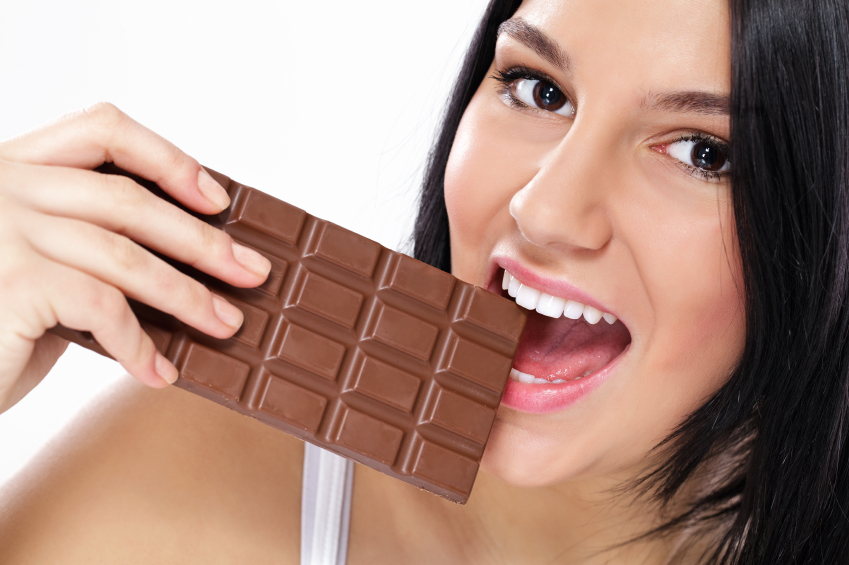Gossip, faulty intuition, and an overflow of online opinions have given the public some dodgy ideas about their dental care. When it comes to reliable oral health information, trained hygienists still know best.
If you are planning to pursue a dental career, read on to learn the truth behind some of the most common dental hygiene myths.
Myth #1: Bad Breath is a Clear Indication of Poor Dental Hygiene
Once youa��ve earned your dental hygienist diploma, youa��ll be an expert on all-around oral health. Youa��ll know that bad breath, though unpleasant, is not necessarily caused by tooth decay or abscesses. A�Bad breath can come from a number of diverse factors.
A stomach full of garlic or coffee will make itself known no matter how much a patient flosses. And certain illnesses have bad breath as a symptom, from metabolic disorders to pneumonia. On the other hand, fresh breath alone is not a consistent indicator of great oral health.
Myth #2: Bleaching and Brushing Are Bad for the Teeth
In your daily life as a hygienist, you may find yourself convincing people out of certain stubborn mythsa�� often that brushing bleeding gums is damaging, or that bleaching teeth is dangerous.
Ita��s intuitive to leave gums alone if theya��re sore and bleeding, but the opposite is actually true. It means ita��s time to brush away the plaque and food particles built up around the area, which are causing inflammation and irritation. Overusing bleaching agents may also make teeth sensitive, but it wona��t weaken thema��especially when facilitated by an expert whoa��s had dental hygienist training.
And if patients do have painfully damaged teeth, most home-healing life hacks wona��t work. Putting aspirin directly on a tooth, for instance, wona��t actually relieve pain (contrary to popular belief). A dentist appointment will.
Myth #3: A Sweet Tooth Guarantees Rotten Teeth
Any professional in a dental assistant career recognizes the root causes of tooth decay. Students learn that the acid, which eats away at the enamel, comes from bacteria reacting with carbohydrates like sugar. As long as patients brush well after eating candy, their teeth are safe.
Studies show that carbohydrate-rich foods, like potato chips, are potentially most harmful to all mouths. Their food particles are extra sticky and can get stuck in hard-to-reach areas. From candy to carbs, good brushing habits keep patients protected.
Myth #4: Poor Dental Hygiene Affects Only Your Mouth
Excellent oral care offers many benefits, from beautiful teeth to pain-free eating. But the consequences of poor dental health reach far beyond the gum line. Allowing bacteria to enter the bloodstream through the mouth increases the risk of diabetes, oral cancers, and heart disease. A Centers of Disease Control and Prevention study shows that gum disease is present in up to 91 per cent of heart disease cases.
With the right training and experience, you can help fight disease in your community! Youa��ll support and promote happy, healthy lifestyles, one smile at a time.
Do you want to become a dental hygienist? Visit CADH for more information or to speak with an advisor.


